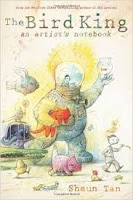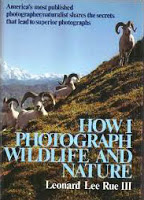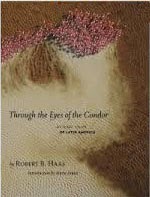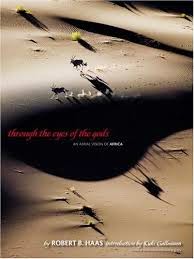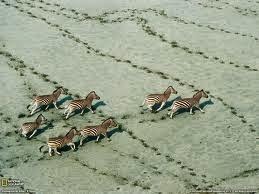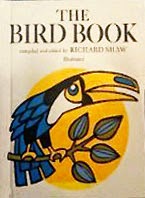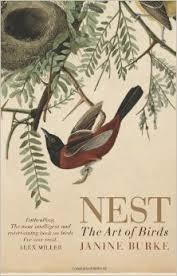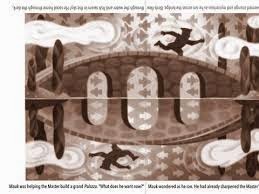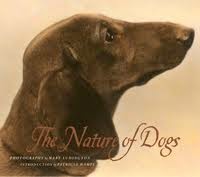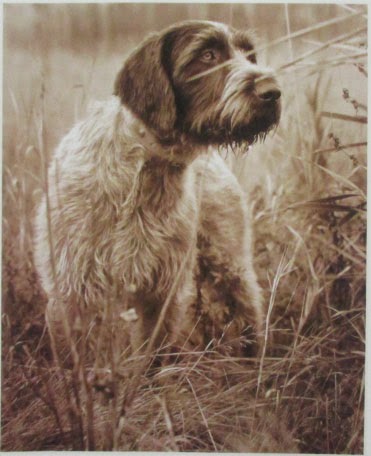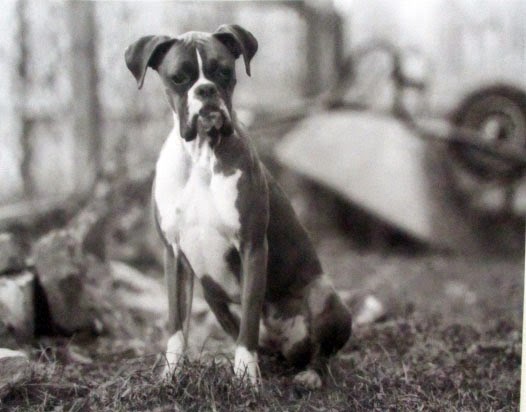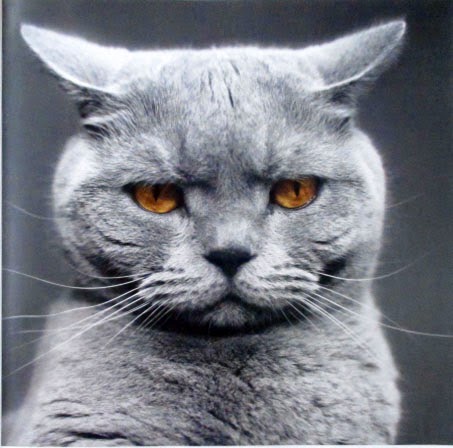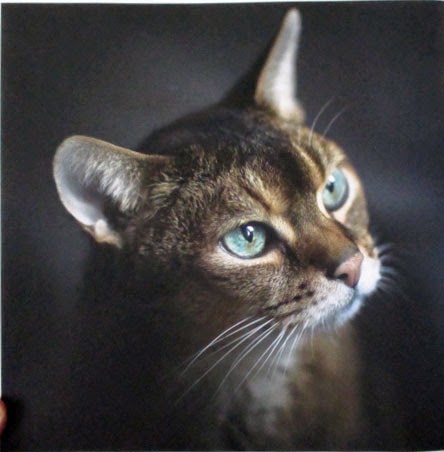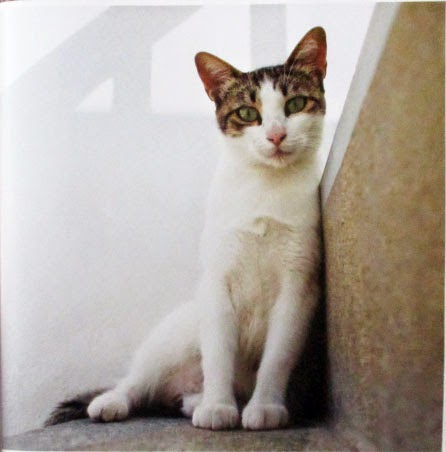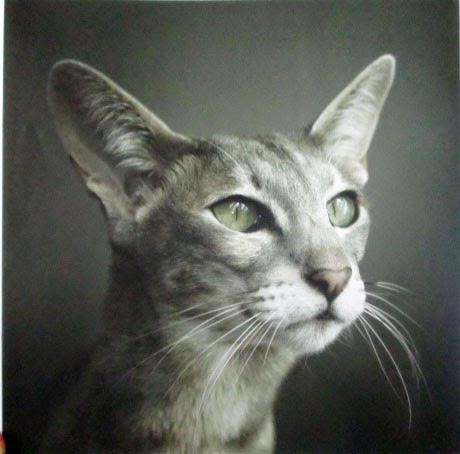an artist\’s notebook
by Shaun Tan
I love looking at how other artists work, and that\’s exactly what this gives me. For it\’s not a book you read, it\’s one you look at. One I want to keep on looking at. A selection of quick drawings and detailed studies, from Shaun Tan\’s sketchbooks. Some are working studies for film and book projects he did, others are drawings that grew a life of their own- titles suggesting a story behind them, although he claims the pictures originate first. There are drawings from life- I particularly like the ones from museum figurines- people around him, landscapes made into wild abstractions. My favorites are among the final pages, little idle doodles and quick jottings that are full of half-formed thought and lively action. It\’s really inspirational. It makes me want to go spend hours drawing.
Borrowed from the public library.
Rating: 4/5 128 pages, 2010
more opinions:
Waking Brain Cells
Charlotte\’s Library
Apples with Many Seeds
